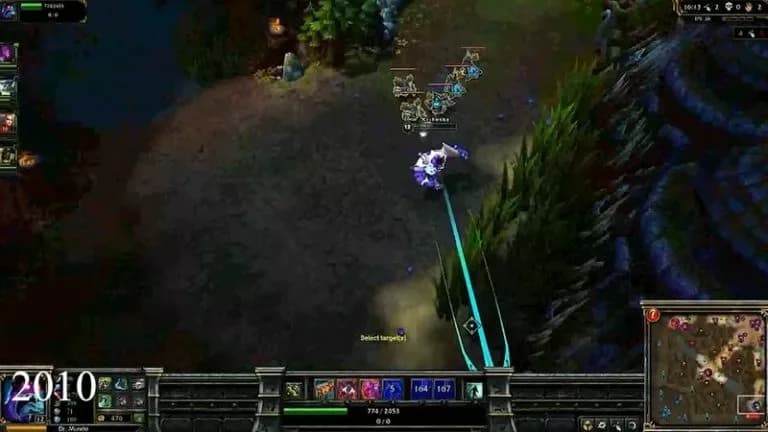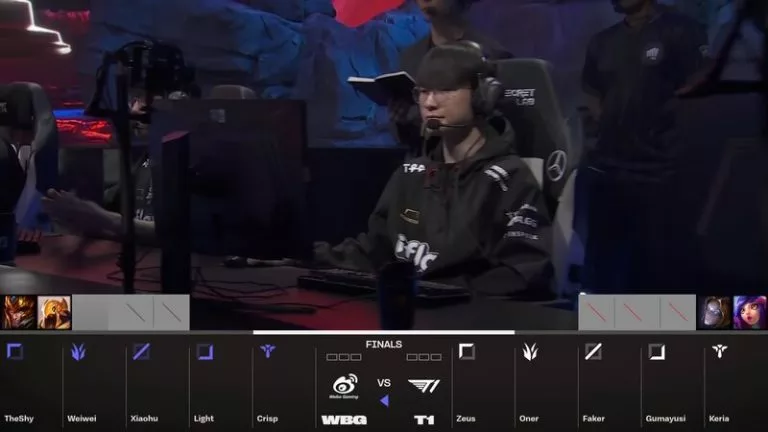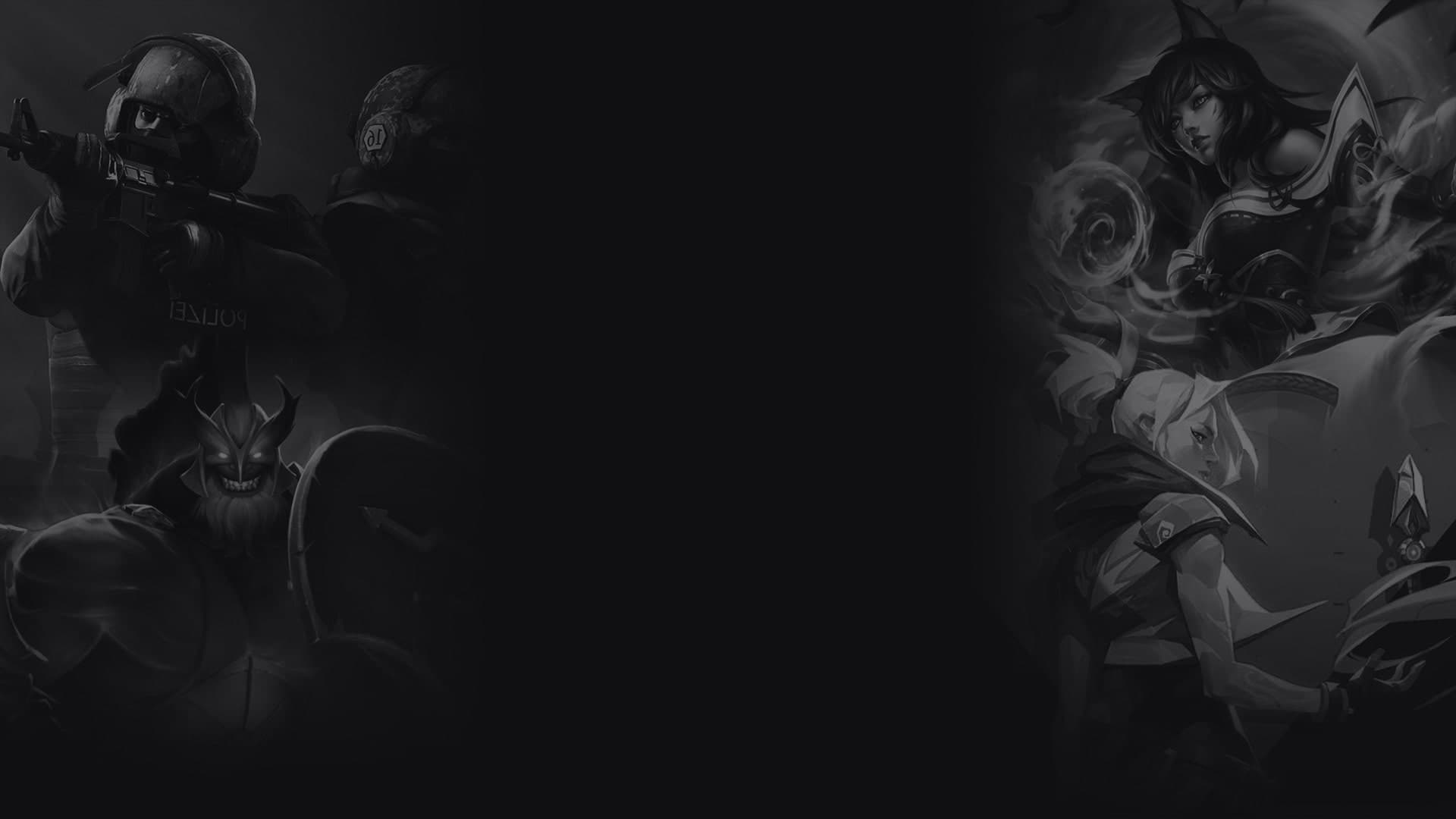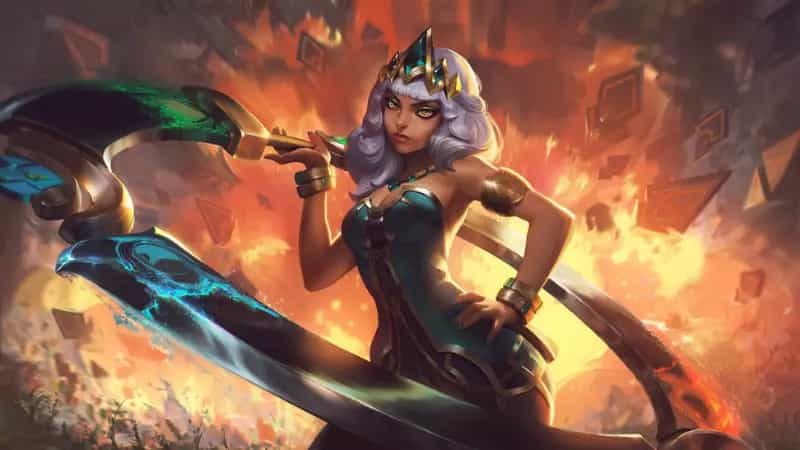LoL Esports History: A Quick Rundown
League of Legends was released in 2009 and quickly started to gain popularity in North America, Europe, and other regions. However, its esports scene was not established until a few years later.
In this guide, you will learn more about the humble beginnings of LoL’s esports scene and how this MOBA game became so popular.
LoL’s Rise to Fame
Because it was the natural continuation of a Warcraft 3 mod called Defense of the Ancients, League of Legends had a massive player base almost immediately after release. By 2010, the game was played by 15 million people. That’s only around 10% compared to its peak, but it was still a huge number.
More importantly, this instant success guaranteed that LoL would become an esport. Thanks to its skin and champion sales, Riot Games made a lot of money even though the game itself was free-to-play. This allowed them to start planning ahead.
The Start of LoL Esports

The official start of LoL’s esports history was its first world championship, called Riot Season 1 Championship. Later, the tournament would come to be known as the League of Legends World Championship or Worlds.
That first edition took place in Sweden in 2011 and had a prize pool of less than $100.000. That same year, Dota 2’s first edition of The International offered $1.6 million in prizes.
The tournament was won by Fnatic. At the time, nobody suspected that this would be the first and last time a European team would win Worlds for the next 13 years.
The second edition of the event took place in Los Angeles and had a prize pool of $2 million. After seeing what Valve did at TI1, Riot Games decided to make its tournament even more prestigious by dramatically increasing its prize pool.
This time, it was Taipei Assassins’ turn to win. Needless to say, they didn’t expect what came next. Starting with 2013, the tournament fell into South Korean and Chinese hands. And since then, these two regions has won every title. They also occupied both Grand Final spots with two exceptions: 2018, when Fnatic finished 2nd, and 2019, when G2 Esports finished 2nd.
Regional Leagues

The creation of regional LoL leagues was a key moment in LoL’s esports history. Because that’s when a lot of great matches started to be played regularly. Those who watched those matches wanted to try to game for themselves. And from that point on, LoL became more and more popular.
For a while, there was very little competition apart from Dota 2. But Valve decided to not invest that much in advertising the game, so its player base never reached 15 million. Meanwhile, LoL’s player base reached around 150 million at its peak.
The first regional leagues were created in North America and Europe. Originally, they were simply called NA LCS and EU LCS. Later, the European league was renamed LEC.
These two leagues were followed by a South Korean and a Chinese league. These were called LCK and LPL. Then came the smaller leagues that still exist today. In total, around a dozen different leagues exist and all of them send teams to the LoL World Championship.
The only major difference between them is that the four big leagues are recognized as being much stronger than the rest. As a result, these leagues send more teams to the tournament and many of those teams receive a direct spot in the group stage. In other words, they no longer need to prove themselves in the elimination phases that precede the groups.
The History of LoL Worlds

LoL Worlds, as mentioned before, started in 2011. The tournament takes place once every year and features around 24 teams. The prize pool is usually $2.2 million.
Here are the winners of each edition of Worlds until 2023:
- Worlds 2011: Fnatic, followed by Against All authority
- Worlds 2012: Taipei Assassins, followed by Azubu Frost
- Worlds 2013: SK Telecom T1 K, followed by Royal Club
- Worlds 2014: Samsung White, followed by Star Horn Royal Club
- Worlds 2015: SK Telecom T1, followed by KOO Tigers
- Worlds 2016: SK Telecom T1, followed by Samsung Galaxy
- Worlds 2017: Samsung Galaxy, followed by SK Telecom T1
- Worlds 2018: Invictus Gaming, followed by Fnatic
- Worlds 2019: FunPlus Phoenix, followed by G2 Esports
- Worlds 2020: DAMWON Gaming, followed by Suning
- Worlds 2021: Edwards Gaming, followed by DAMWON Gaming
- Worlds 2022: DragonX, followed by T1
- Worlds 2023: T1, followed by Weibo Gaming
By far, the most accomplished team in the history of Worlds has been T1. In total, they won four titles and played in two other Grand Finals. Apart from these trophies, they also won around half a dozen regional league titles in the LCK.
Thanks to these results, as well as those of the Chinese teams, League of Legends is now a very popular esport in South Korea and China.
In case you were wondering what caused the decline of games like StarCraft in South Korea, LoL is part of the answer. Because it’s a team game and because it received a lot of attention from fans and companies alike, LoL became the preferred choice for many South Koreans, who already had a long StarCraft culture and knew exactly what it takes to win. They had the discipline, the strategic mids, and the desire to become the world’s best. And they did.
Header: Riot Games

